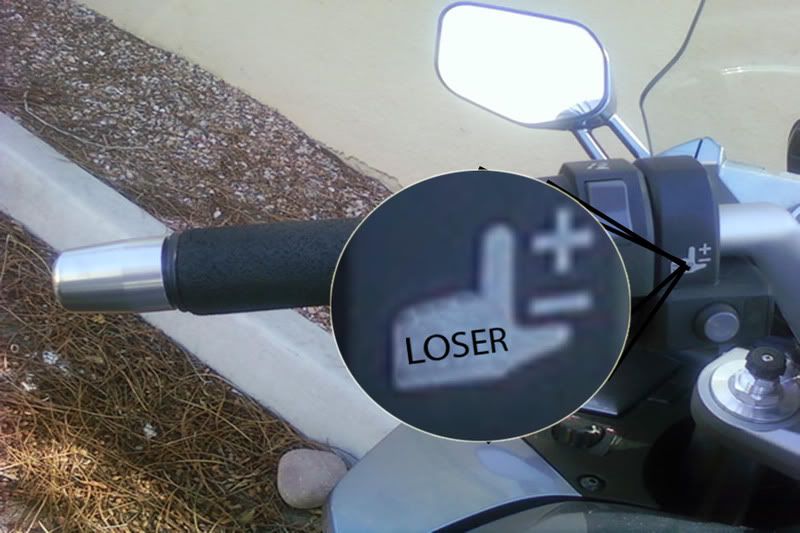For 2009, the FRJ1300AE receives new mapping for YCC-S which aids with improved response while downshifting from neutral.
And this underscores the point I tried to make earlier. There will always be attempts by the designers of these systems to make the auto system "better" which really means it tries to automatically emulate the manual system, only faster. They won't get it close to right the first few years. There will ALWAYS be those niggling little problems that riders/drivers complain about and desire to be designed out. The designers will listen (if I were a designer for Yamaha, I would monitor this site) and try to make it "better." But constrained by money and time and, more importantly, the existing design and whatever warts it brings to the table, they will only be able to take it so far. As time goes by, they will approach the capability of the manuals, but rarely ever achieve it with a production bike class. Remember that these bikes we ride are commodities, like tooth paste & automobile tires. The manufacturers don't have the luxury of pouring many $$$ into solving this problem.
The other side of this coin belongs to those rare groups that CAN spend the money to do it right (and they won't get it right the first time either). Consider Ferrari and their magnificent creation the F430 Scuderia. It can shift automagically up or down in 10's of milleseconds, seamlessly matching speeds and timing between both ends of the drivetrain. This capability is the end result of spending 10's of millions of dollars on this particular design problem alone. More, if you begin to count all the F1 experience used to kick the design team off with. This "auto" shift mechanism is a true work of design art. It is seamless, fast & easy to use. Lots of things tried during the workup on this system, and only the winning few retained in the final design.
So what's my point? As a designer of these kinds of systems, I prefer to do the shift work myself because I KNOW the Yamaha folks will never be able to handle in their design all the situations I can with a manual. But I prefer that level of control over the hardware. I also worry about how robust their system will be as it begins to wear. Will their design degrade gracefully? I prefer not to find out. And I expect that any automatic system will be more expensive to fix because of the added complexity inherent in these designs. Remember the KISS rule.
I own a Mitsubishi Evolution VIII with a manual 5-speed box (best fun you can have on 4 wheels for the money...). When the 10's came out with their auotmagic manual tranny, I thought that maybe now was the time to move up. I was disappointed, though, when I took it for a test. The upshifts were done very well but the downshifts were not routinely seamless. Down shifts are typically the hardest things to do right in an auto manual. I decided to keep the VIII and let them keep working the design until they get it closer to what I can do in the VIII when my heel and toe are working in unison.
I also do NOT fly on Airbus aircraft unless there is no other option (and even then sometimes) because the French designers have a philosophy of trying to automate many of the routine things that pilots of these machines do for a living. The result is an aircraft with a tremendous number of modes and auto control loops. Go out onto the professional pilot forums and crawl down into the Airbus sections and read how the pilots feel about this level of automation. There is usually a lot of "I tend to ask myself what's it doing now" behind the discussions on automation. These aircraft have flown themselves into forrests, hillsides and had near misses that lead me to believe they are not as safe as competing design when considered strictly from the point of level of automation. I will be surprised if we don't find out at some point that the autopilot and its inherent level of control authority wasn't somehow partly responsible for the latest loss of the Air France flight over the Atlantic.
There will always be a market for designs like the FJR13AE. They are persuing a certain class of customer. They just won't find me in that mix. Now, a Ferrari F430 is a story for another post...
Cheers,
W2














![fjackets Real Lambskin Leather Biker Jacket — Quilted Cafe Racer Zip Up Moto Leather Jackets For Men | [1100085] Johnson Brown, XL](https://m.media-amazon.com/images/I/41I7Pm1f+vL._SL500_.jpg)
















































